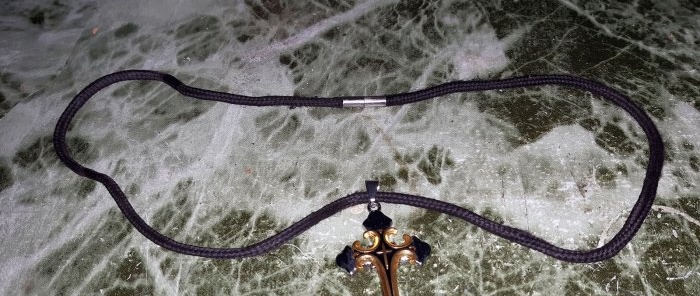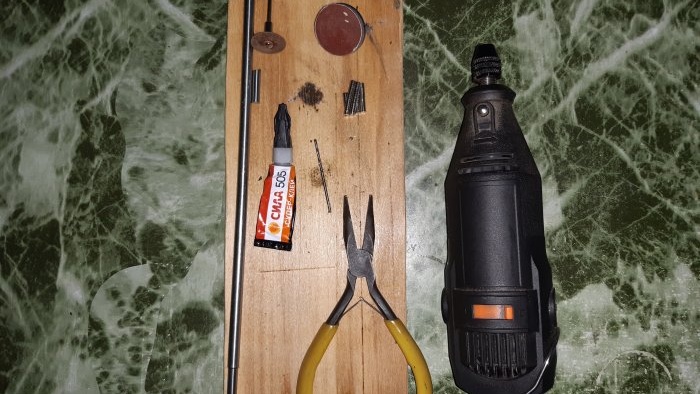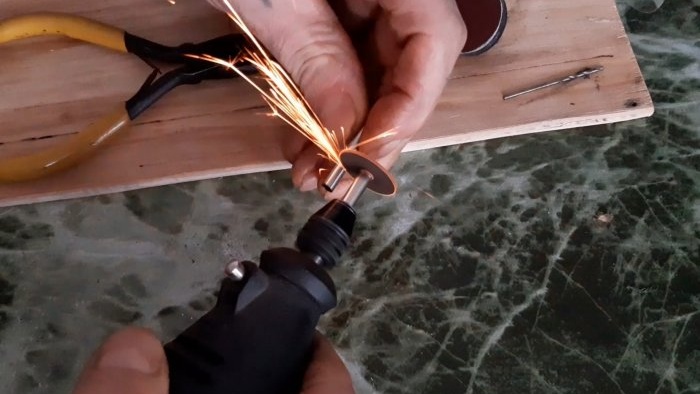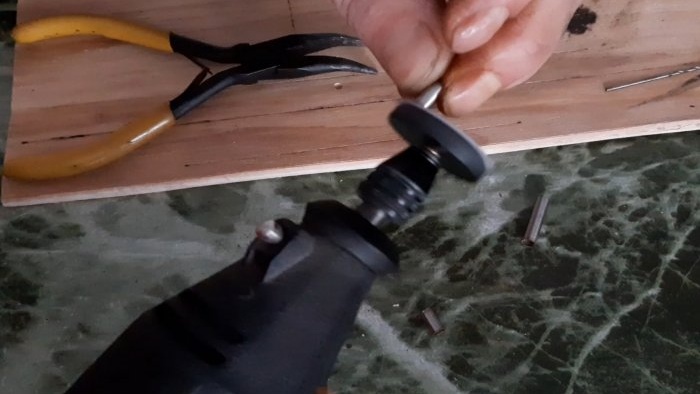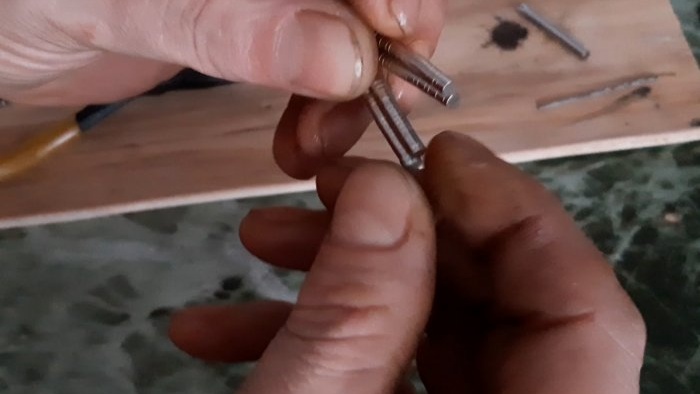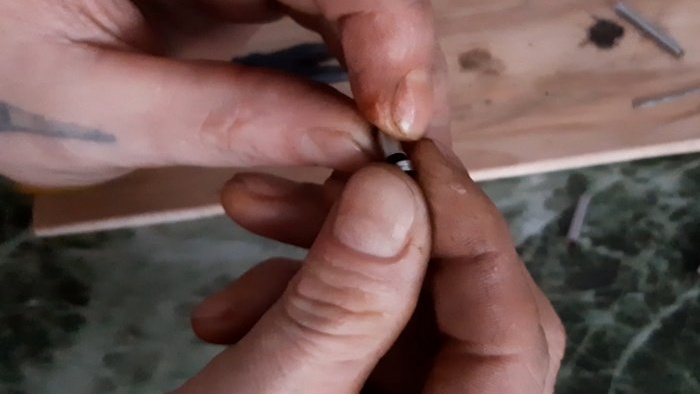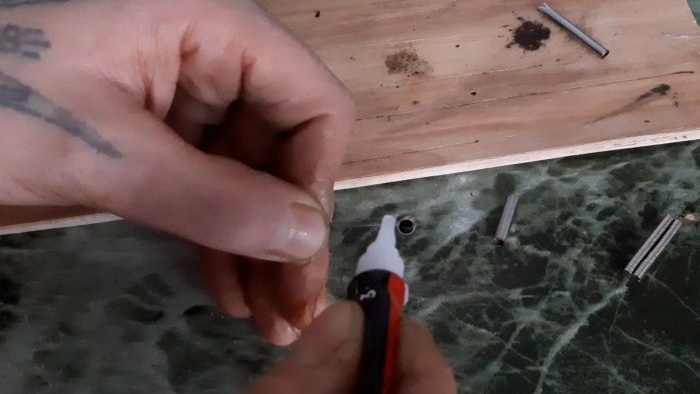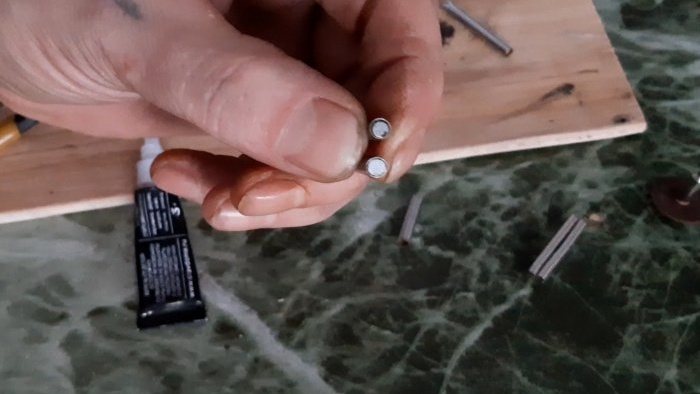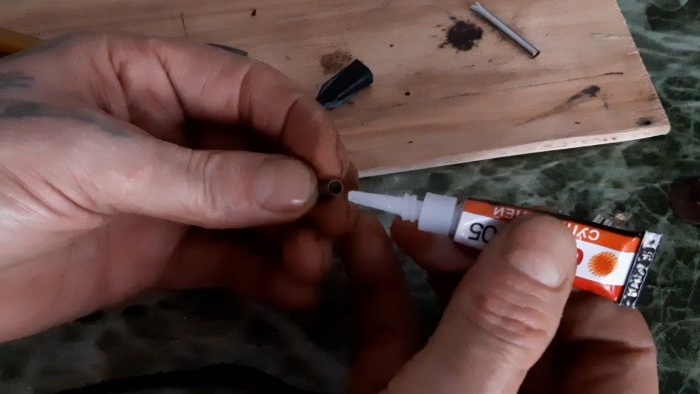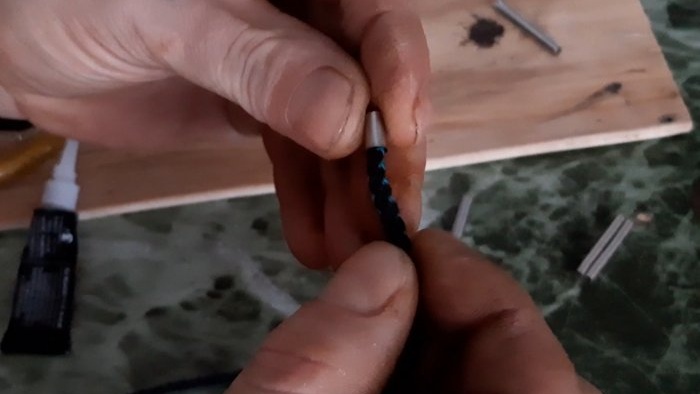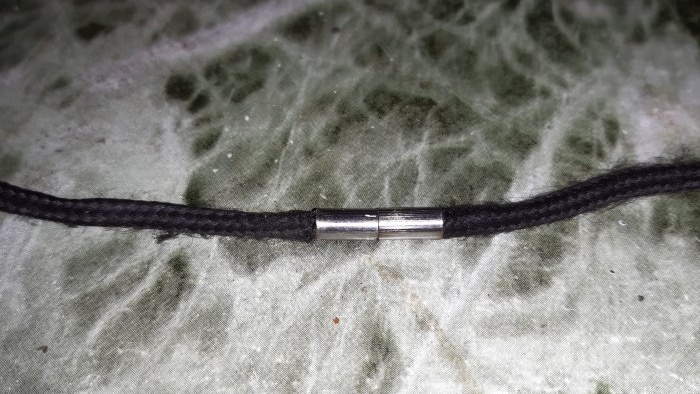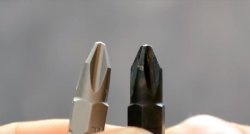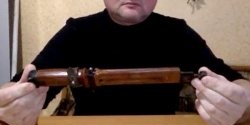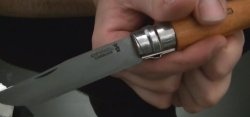How to quickly and easily make a powerful magnetic clasp on a lace (chain)
I don’t know about anyone, but clasps on necklaces or chains always irritate me terribly - fastening a carabiner or clasp is a real problem. Especially if he is very small. It’s easier for women in this regard; they have nails. And thick, rough male fingers without nails are a real headache! That's why I prefer magnetic fasteners. However, there is a small problem: it is almost impossible to find such a lock in local stores that sell all kinds of jewelry. You can order what you need online, but you have to wait a long time. And it is still unknown whether it will arrive at all... I solved this problem simply and quickly - I did it myself. There are no costs, searches, or loss of time - this fastener is assembled in literally 10-20 minutes. The design is as simple as “two-two”, but at the same time it is as reliable as a carabiner clasp, as you can see by watching the video at the end of the article.
First you need, using a bur machine and a cutting disc, to separate two segments 8-10 mm long from the tube. This is already with a reserve.
Then clean the ends of the sections with a sanding disc so that the burrs fall off.
Upon completion of grinding, the sections will be shortened by another 1-1.5 mm. Now we need neodymium magnets.
It is best to take these magnets from so-called vacuum headphones, unless, of course, you have unnecessary or broken ones. In this case, one magnet for each half of the clasp would be enough, since the magnets in such headphones are very powerful, for their size, of course. I didn’t have such headphones, so I’ll put two purchased magnets on each half. We align the magnets inside the tube segment and fix them with second glue.
It should look like this:
We wait a couple of minutes for the glue to set. Next, drop another drop of glue into the ends of the segments that are free from magnets, and then quickly insert the ends of the lace you have chosen into them.
This is the job done! The whole process, from start to finish, took me 18 minutes. These locks are more suitable for laces than for chains. However, if the chain is quite thick and massive, then such a fastener can be adapted to the chain. You just need to drill a millimeter through hole in each of the halves of the fastener, and thread thin rings into them, which, in turn, are closed on a chain. I myself don’t wear chains, so I didn’t begin to demonstrate clearly the process of making fasteners for chains. The fastening turned out to be quite strong.Unfortunately, I don’t have a special device to measure the breaking force, but for clarity, I conducted an experiment in the video with a heavy ceramic mug.
The result inspires confidence!
Will need
- Stainless steel tube (matching the diameter of the lace).
- Neodymium magnets, 4 pcs, with a diameter matching the inner diameter of the tube.
- Bor machine.
- Cutting and grinding discs.
- 1 mm drill. (If the lock is for a chain).
- Small pliers.
- Secondary glue.
Making a magnetic fastener
First you need, using a bur machine and a cutting disc, to separate two segments 8-10 mm long from the tube. This is already with a reserve.
Then clean the ends of the sections with a sanding disc so that the burrs fall off.
Upon completion of grinding, the sections will be shortened by another 1-1.5 mm. Now we need neodymium magnets.
It is best to take these magnets from so-called vacuum headphones, unless, of course, you have unnecessary or broken ones. In this case, one magnet for each half of the clasp would be enough, since the magnets in such headphones are very powerful, for their size, of course. I didn’t have such headphones, so I’ll put two purchased magnets on each half. We align the magnets inside the tube segment and fix them with second glue.
It should look like this:
We wait a couple of minutes for the glue to set. Next, drop another drop of glue into the ends of the segments that are free from magnets, and then quickly insert the ends of the lace you have chosen into them.
This is the job done! The whole process, from start to finish, took me 18 minutes. These locks are more suitable for laces than for chains. However, if the chain is quite thick and massive, then such a fastener can be adapted to the chain. You just need to drill a millimeter through hole in each of the halves of the fastener, and thread thin rings into them, which, in turn, are closed on a chain. I myself don’t wear chains, so I didn’t begin to demonstrate clearly the process of making fasteners for chains. The fastening turned out to be quite strong.Unfortunately, I don’t have a special device to measure the breaking force, but for clarity, I conducted an experiment in the video with a heavy ceramic mug.
The result inspires confidence!
Watch the video
Similar master classes
Particularly interesting
Comments (5)

